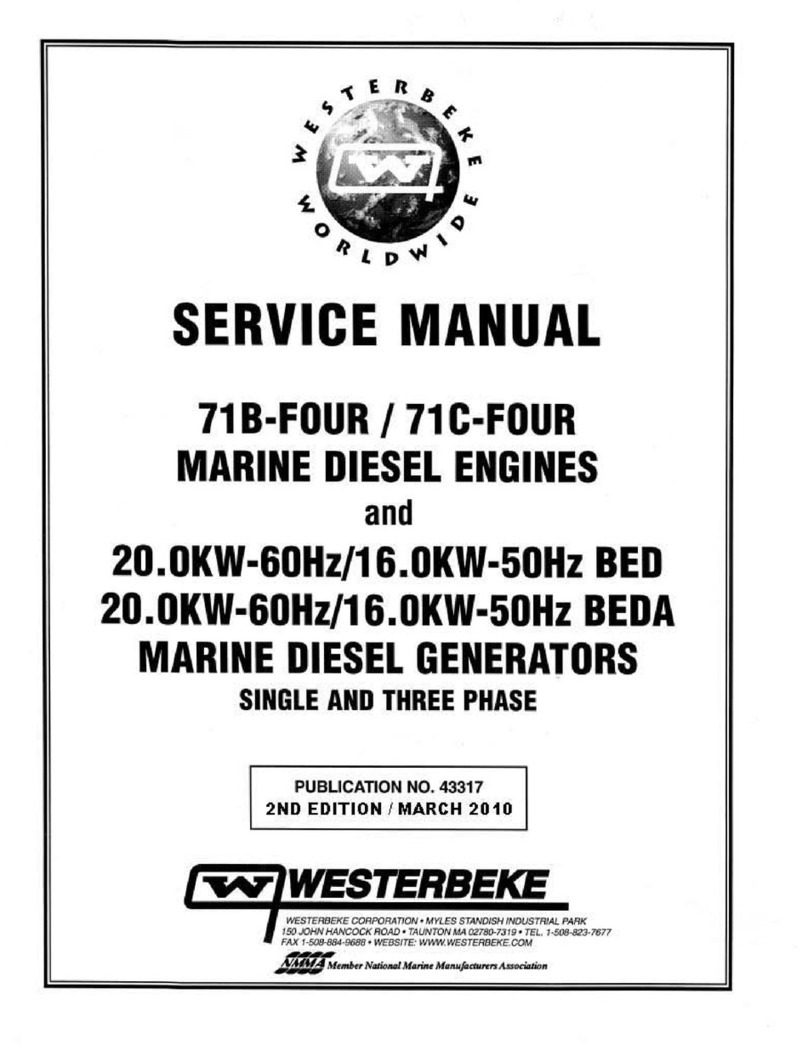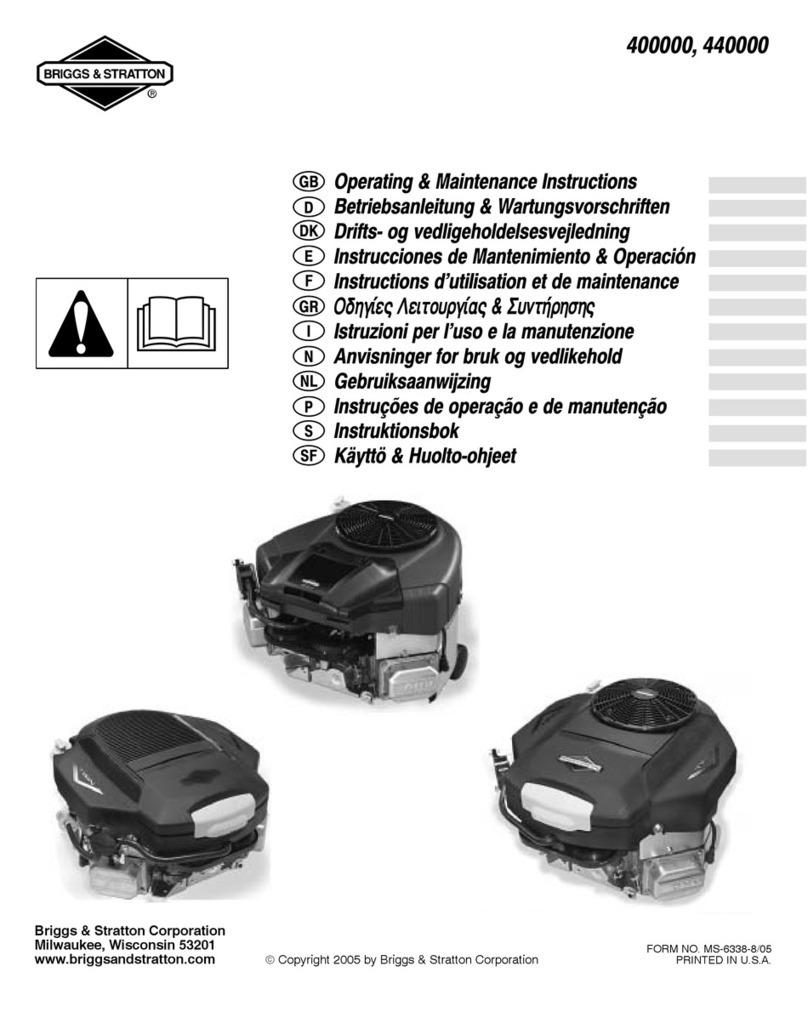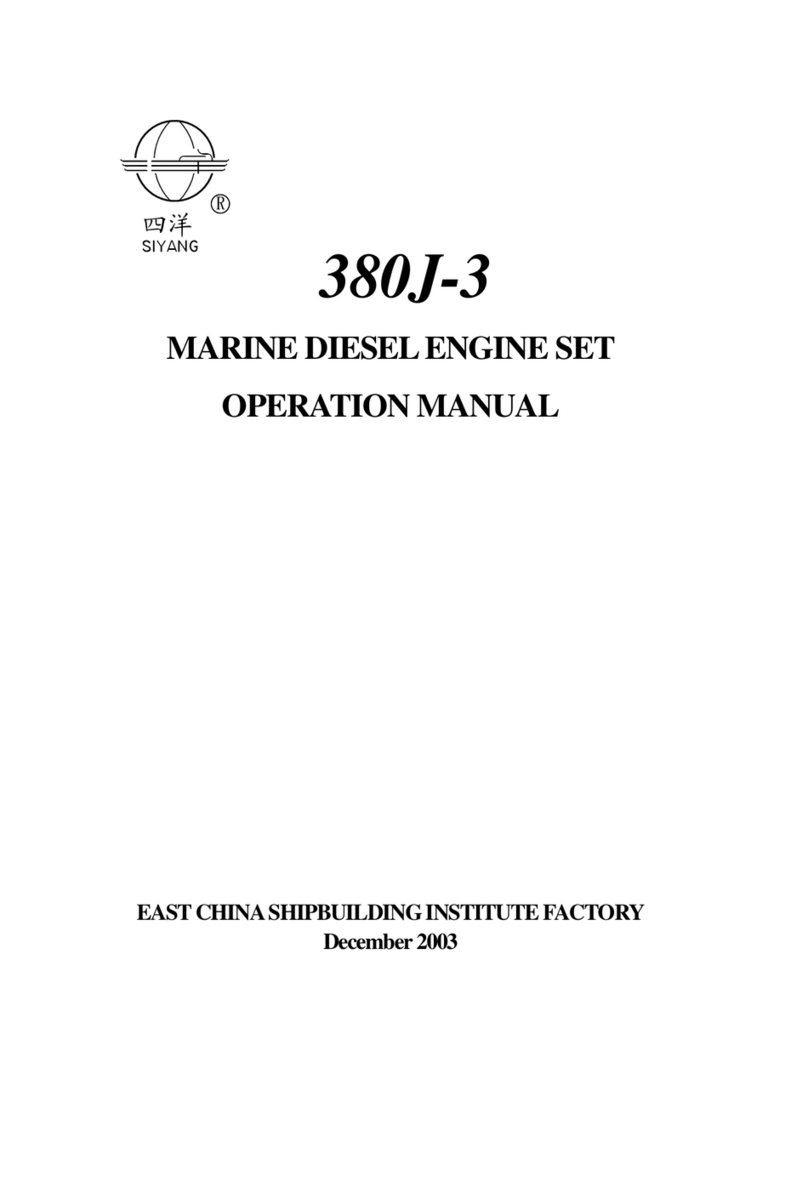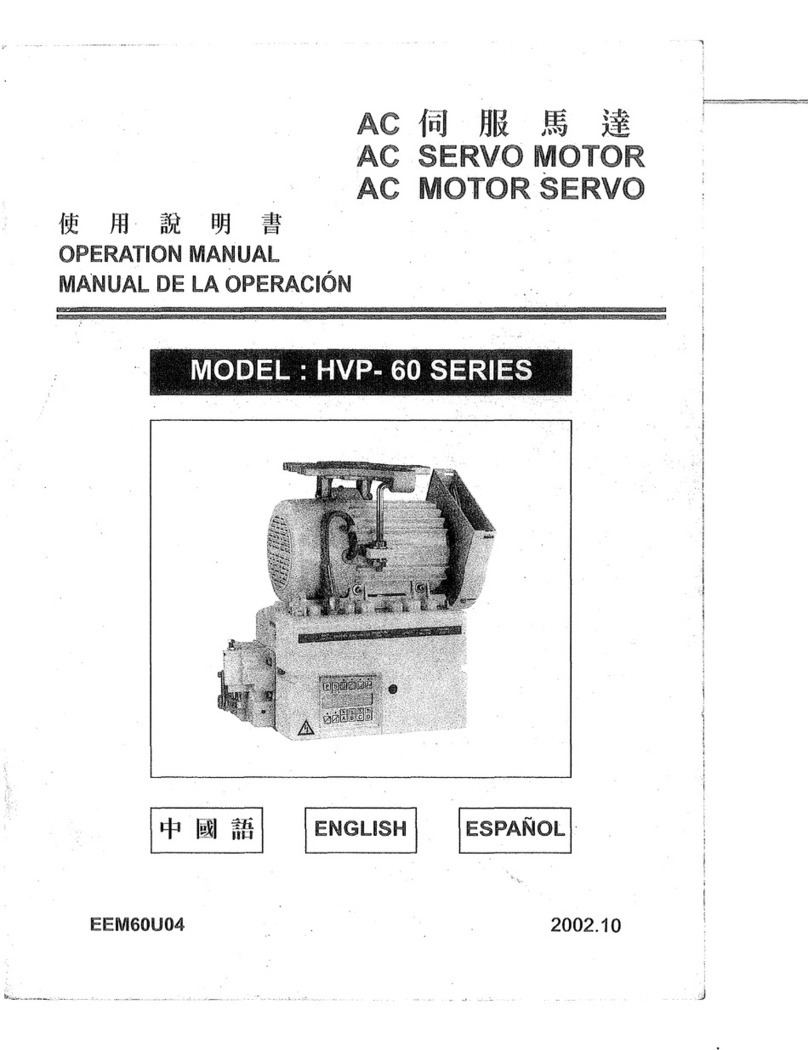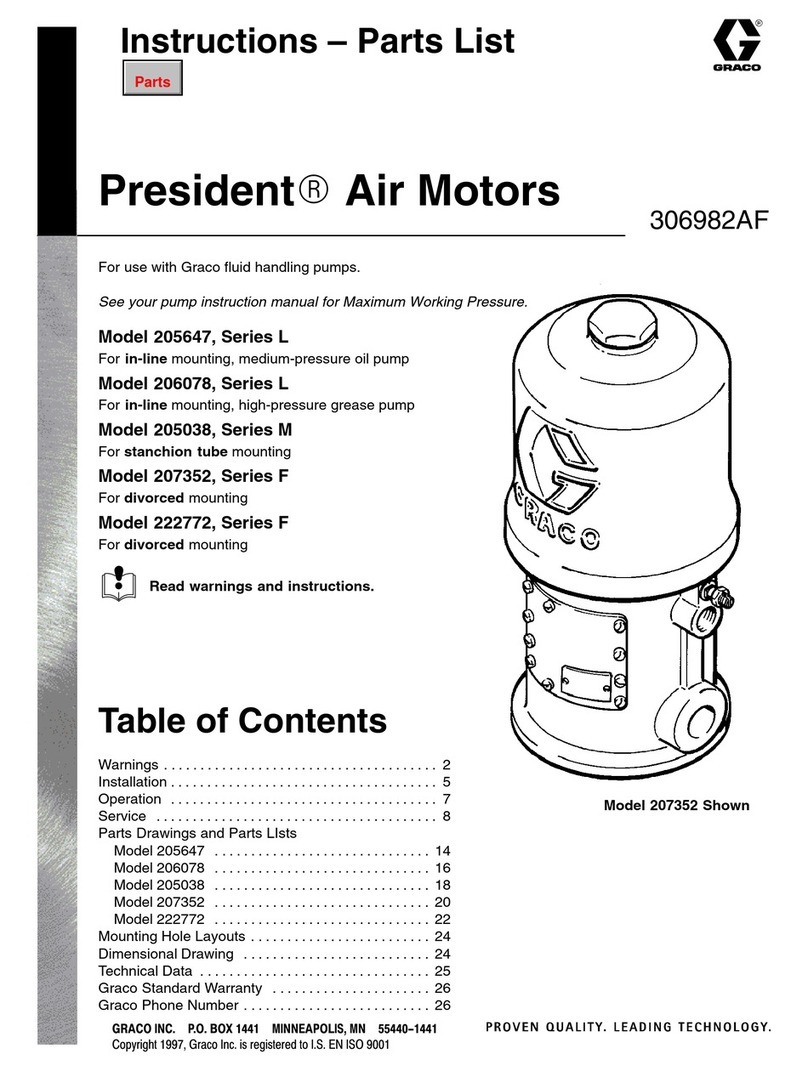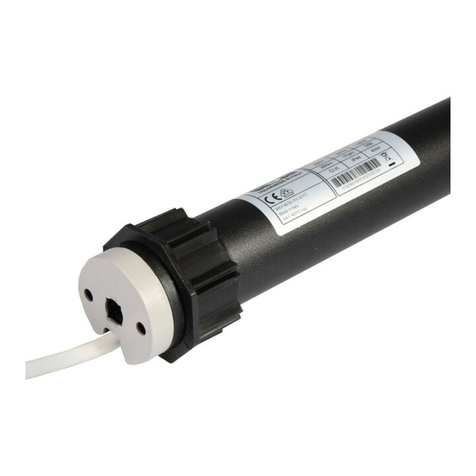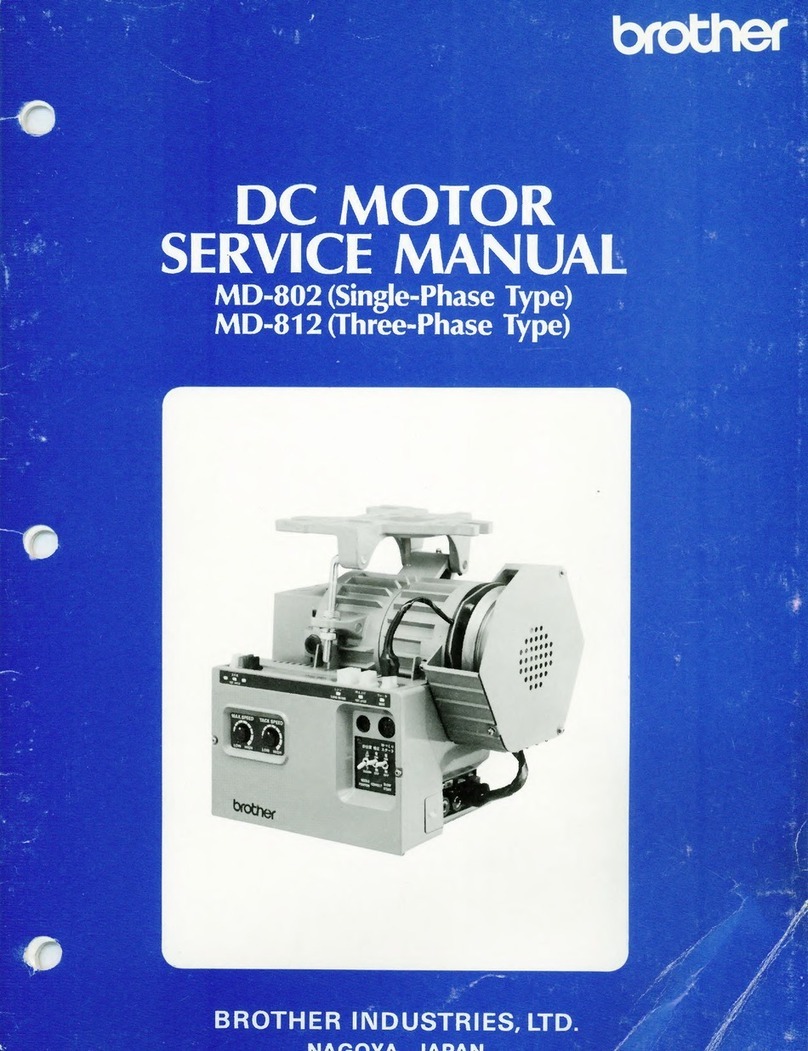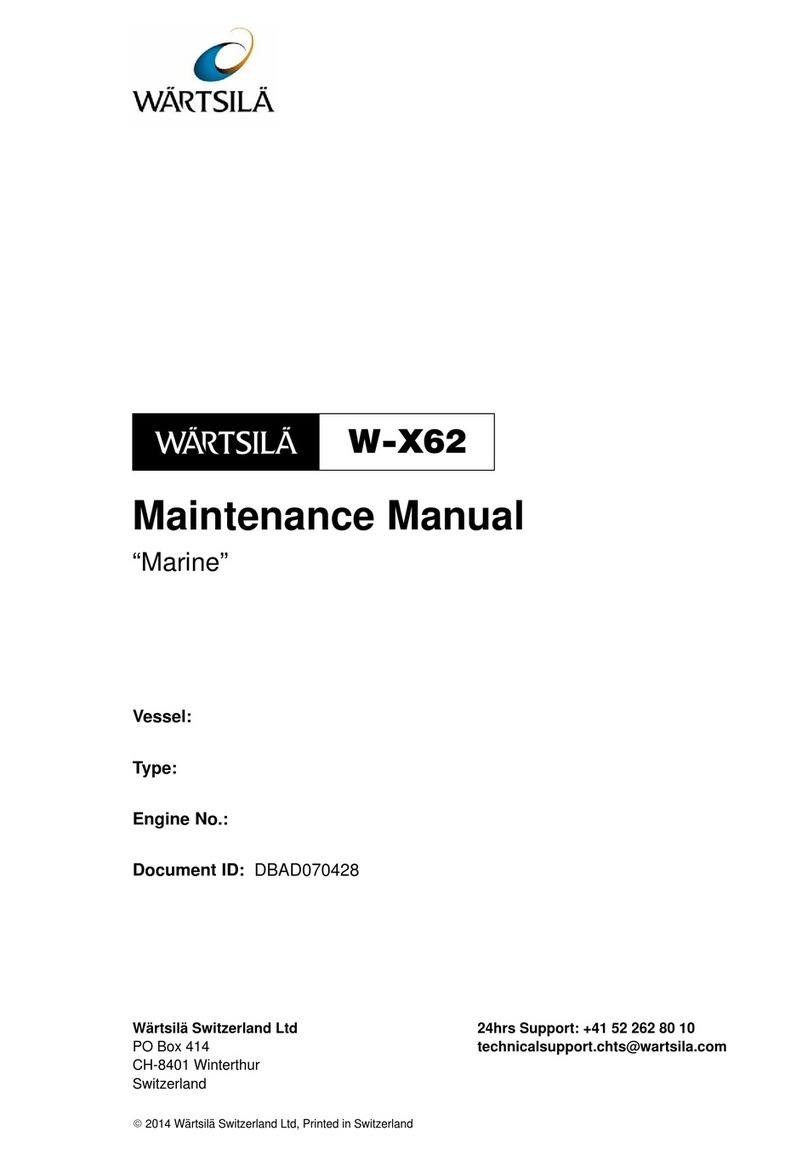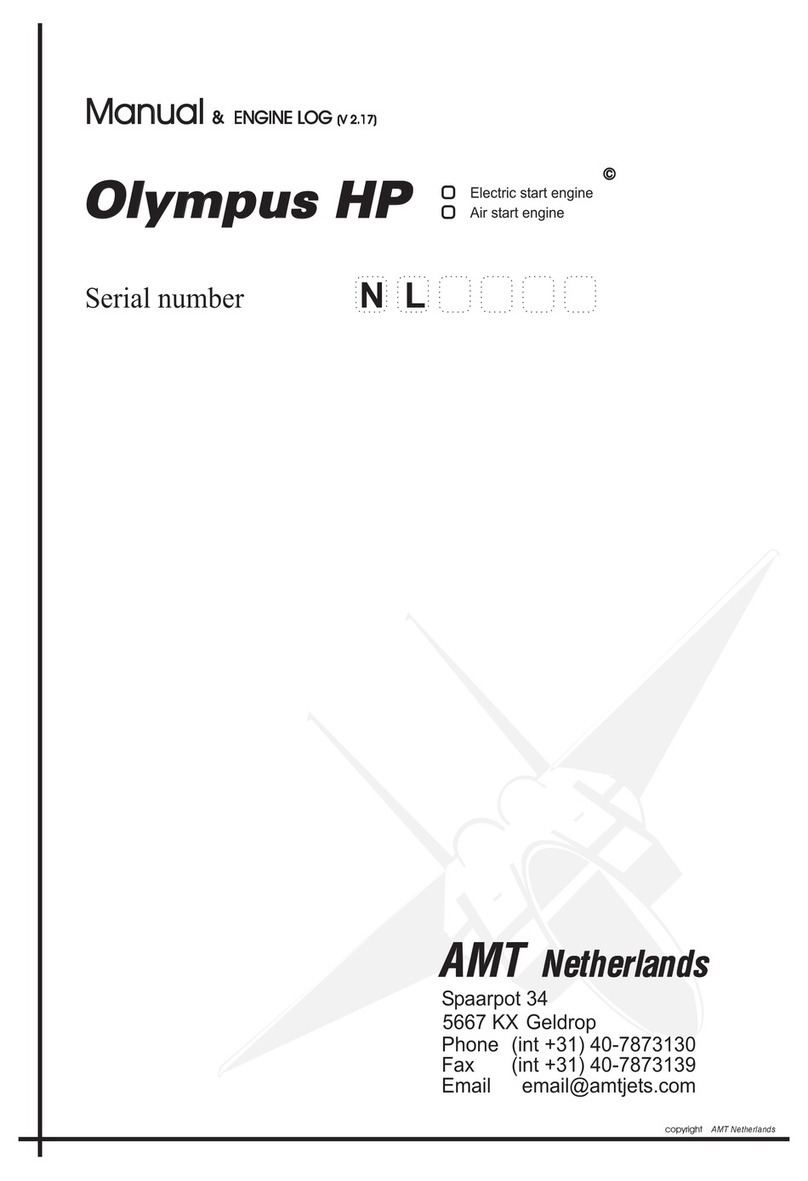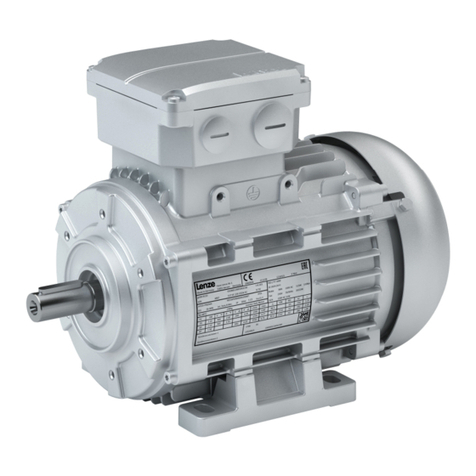10.4 Setting the control box speed setting for the head ............................................. 25
11. Changing the function settings ...................................................................................... 26
11.1 Example for changing the memory switch setting .............................................. 26
11.2 Example for changing the parameter setting....................................................... 26
12. Adjustments ..................................................................................................................... 27
12.1 Synchronizer Model DB2-B737, B748, B774, B791............................................... 27
13. Troubleshooting guide .................................................................................................... 28
13.1 Error display and details ........................................................................................ 30
13.2 Control box troubleshooting guide ....................................................................... 31
13.3 Checking the machine solenoids........................................................................... 33
13.4 Checking the motor ................................................................................................ 33
14. VR1 & VR2 setting of treadle unit .................................................................................. 34
Technical Material
15. Explanation of each mode .............................................................................................. 36
15.1 Initialization mode .................................................................................................. 36
15.2 Head setting mode.................................................................................................. 37
15.3 Memory switch setting mode and parameter setting mode, etc........................ 38
15.4 Stitching speed setting mode ................................................................................ 40
16. Operational instructions ................................................................................................. 41
16.1 When the power SW is ON .................................................................................... 41
16.2 When the power SW is OFF ................................................................................... 41
16.3 Operation of the pedal............................................................................................ 41
16.4 While running.......................................................................................................... 41
17. Memory switch list .......................................................................................................... 42
18. Parameter list ................................................................................................................... 47
19. Panel display table........................................................................................................... 51
20. How to remove the control box ..................................................................................... 52
Control box block diagram ..................................................................................................... 53
Control PCB assembly diagram ............................................................................................. 54
Control PCB circuit diagram (1/3) (2/3) (3/3).......................................................................... 55
Power PCB assembly diagram (1-110/120) ........................................................................... 58
Power PCB circuit diagram (1-110/120) (1/2)......................................................................... 59
Power PCB assembly diagram (1-220/230-240) .................................................................... 60
Power PCB circuit diagram (1-220/230-240) (1/2).................................................................. 61
Power PCB assembly diagram (3-220) .................................................................................. 62
Power PCB circuit diagram (3-220) (1/2)................................................................................ 63
Power PCB assembly diagram (1-230(CE)) ........................................................................... 64
Power PCB circuit diagram (1-230(CE)) (1/2)......................................................................... 65
Power PCB circuit diagram (2/2) ............................................................................................ 66
Panel PCB assembly diagram ................................................................................................ 67
Panel PCB circuit diagram ...................................................................................................... 68
Treadle PCB assembly diagram, circuit diagram.................................................................. 69






















